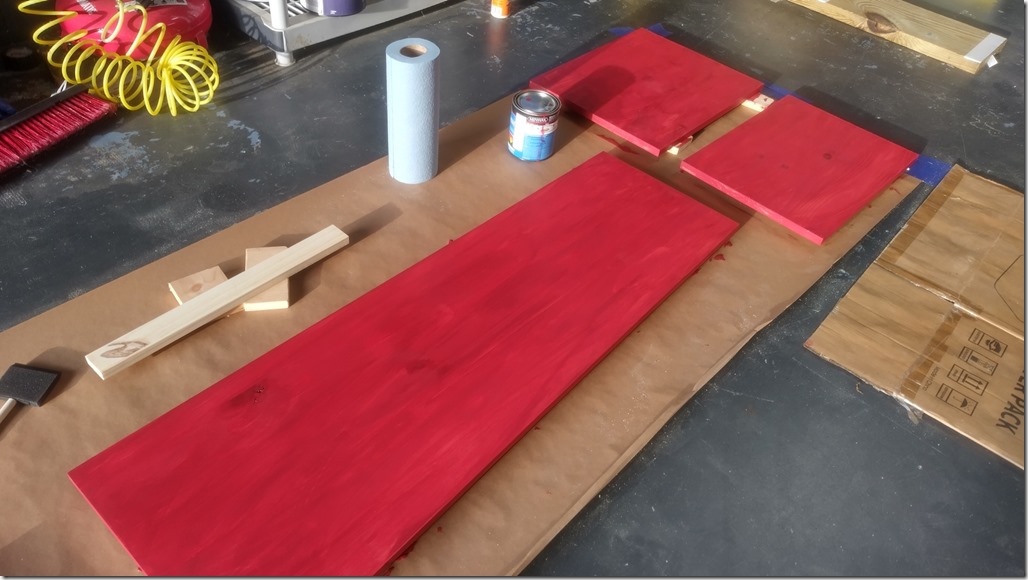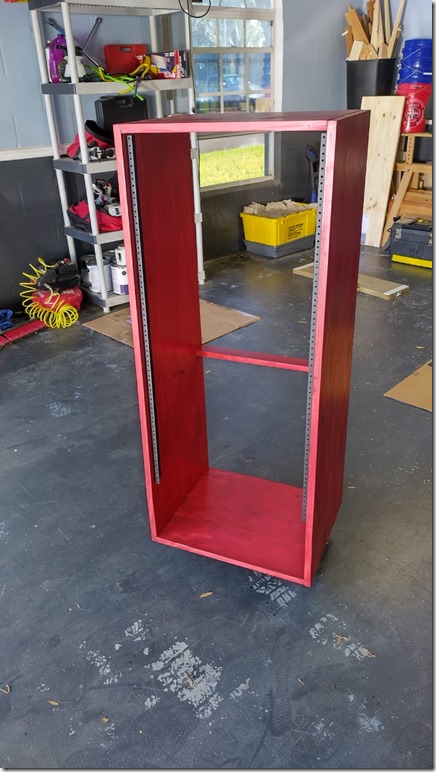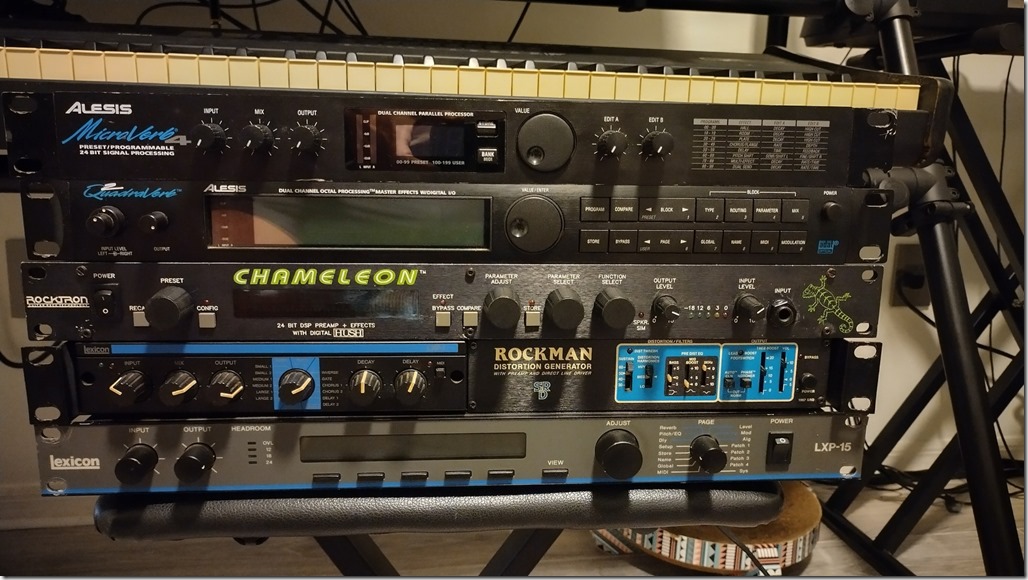A little over a year ago, my purchasing of keyboards for the studio was peaking, and I was grabbing whatever struck my fancy. One of the things that came along at that time was a Kurzweil PC3. It "had problems". Professional diagnosis said that the main board was bad and would need swapped out. So I left the device in my rack and waited for another PC3 to come along that needed repair so I could merge the two into one working device.
And it took over a year for something to appear. This one was the PC3x, which is the 88 key version of the model I had – the 76-key version. The description, along with demo video, said and showed that the display did not work. And that was ok with me, because I had a display that did work. The asking price was $450, which is a little more than the $300 I paid for the first one, but if these things only appear once a year, I guess I have to get it and go.
I arranged to pick up the device the next day and explained I didn’t care about the screen, but I wanted to know if it had sound. Time moved slowly and eventually, the seller said they couldn’t confirm if it had sound or not because the display problem prevented any testing. Well, ok. I’ll still take it.
And I really overpaid. I didn’t get what they were saying if I wanted it, just come and get it. And when I tried to pay them the $450, they were like, no, no, we don’t know if it works or not. They wanted to give it to me for free. I drove a hard bargain and gave them $300 instead. Hindsight is painful, but I’m still ok.
First thing this morning, I started it up. Initial diagnosis, the screen works. There’s no backlight. However, the device is stuck in a rebooting loop. That’s the repetitive clicking the seller was hearing. Later in the morning, I have it all disassembled and am running the built-in diagnostics. The device spontaneously reboots when testing the RAM, but all other tests pass. Audio can’t be tested because it relies on the RAM, so it reboots on that test as well.
Ok, so let’s get device #1 and see what we can transplant. I disassemble the 76-key version and take out the screen. I figure it will be at least easier if I can see what I’m looking at while testing. The backlight for the screen is hard-soldered to the main board. Ugh. I desolder both, then solder the working screen into the new 88-key. I go to plug the display board to the main board and… fuck. The ribbon cable is too short. Because, duh, a 76-key board is not near as long as an 88-key.
Ok. Plan B. Let’s replace the backlight. I disassemble the display and am very nervous because there’s like no wires to the screen. It’s some kind of conductive rubber sheet that connects the circuit board to the glass screen. Then I find out that there’s no EL sheet there – it’s just a big white box with two wires going into it. I don’t know what that is or how it’s getting lit. So I go drastic and cut the leads to the existing light and solder them up to an EL sheet I have. I have to make significant modifications to the metal frame to accommodate the placement of the wires. Lots of dremel work and hot metal. This is spiraling out of control. I get it all put back together, enough to fire it up and… no light. That was a damn waste.
Let’s step back a little bit and do some isolated testing. I take the 76-key display and wire up the power with some extension wires. I power up the board and the backlight comes on for a brief moment, then goes out. Hmmm. Maybe my old display is flaky too? Or is it possibly a problem with power delivery?
I go back online and do more searches for replacement displays. Like everything else PC3, there are NO replacement parts available anywhere. But I found a post of someone who had fixed their backlight and actually provided pictures. And the replies had even more good info. Using this info, I bravely cracked open the box on the display board to find the light inside. It’s not LED, it’s actually fluorescent (cold cathode fluorescent). Weird, but you know, a lot of computer monitors used CCFL for backlight before LED became cheap enough.
I had cut the leads completely off, so I resoldered the leads back, then soldered that disassembled display to the 88-key board. When I turned it on, I could immediately see that the bulb was only about a third lit and what was lit was extremely dim. And like their full-size counterparts, this bulb had the telltale signs of age with the darkened ends. This is replaceable. And if I hadn’t found that post and the replies, I would have been simply stuck again.
A site called CFL Warehouse, stocks these bulbs, and they’re not expensive, like $11 each. And shipping is obscenely cheap, like $2. So I bought two. Maybe I’ll fuck one up, and if I don’t, I can replace the bulb in the other display too. And when parting out the remnants, that should be a decent selling point.
So for now, I’m waiting on parts, like I’m waiting on parts for two other devices sitting around. And once that’s done, will I be able to go to the next step of swapping components or will both devices have different failures on the same board, making it all pointless? That remains to be seen.




